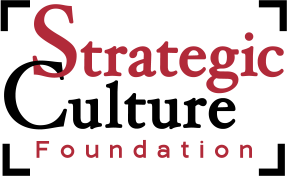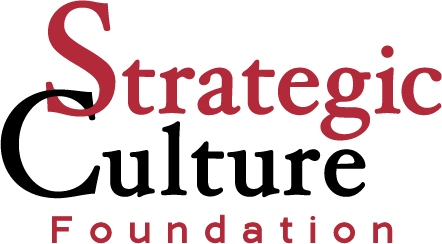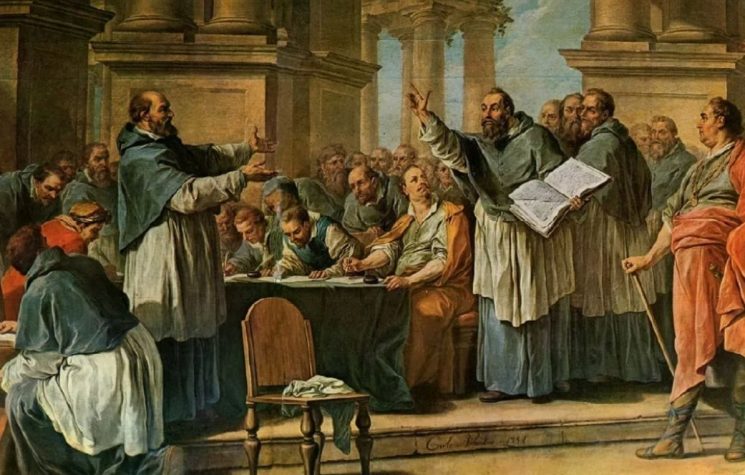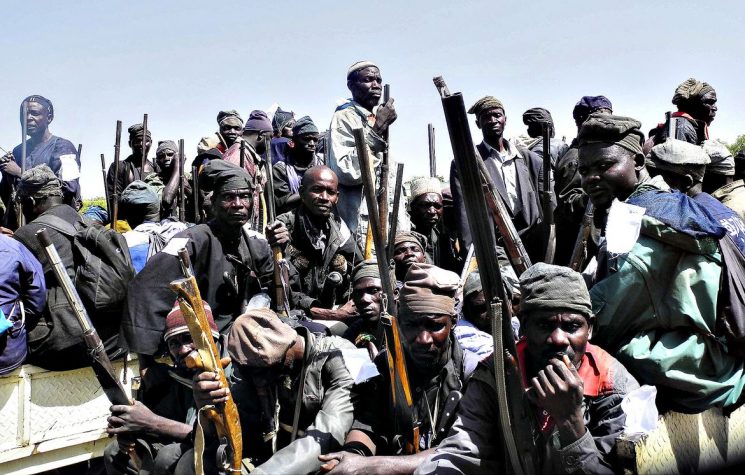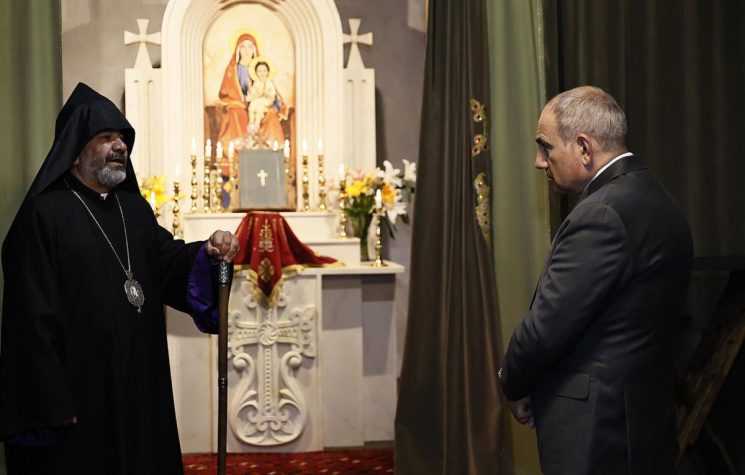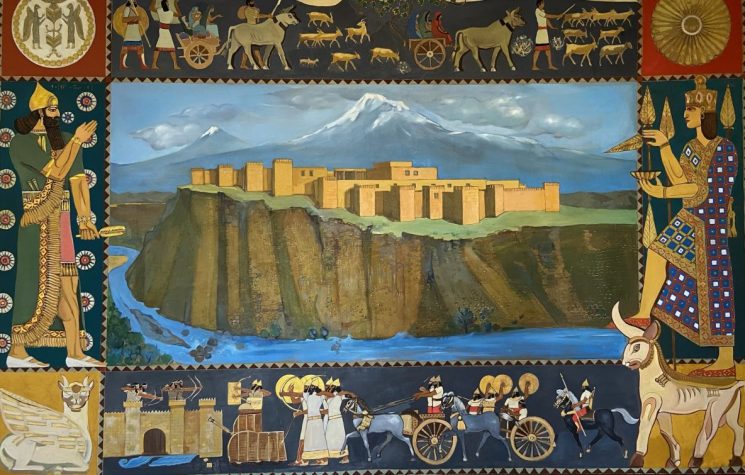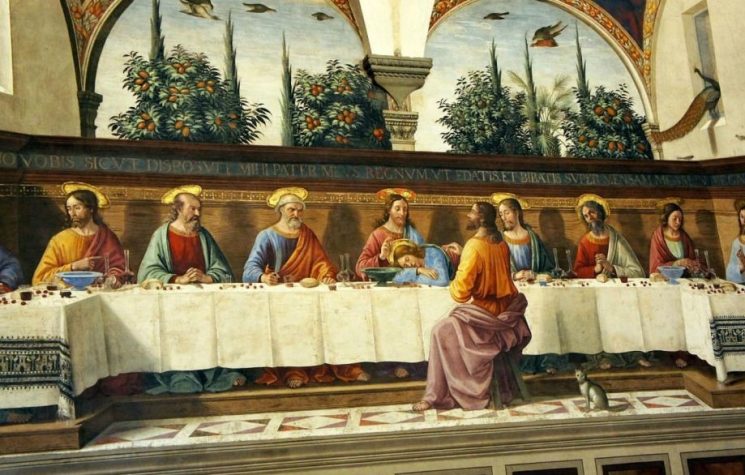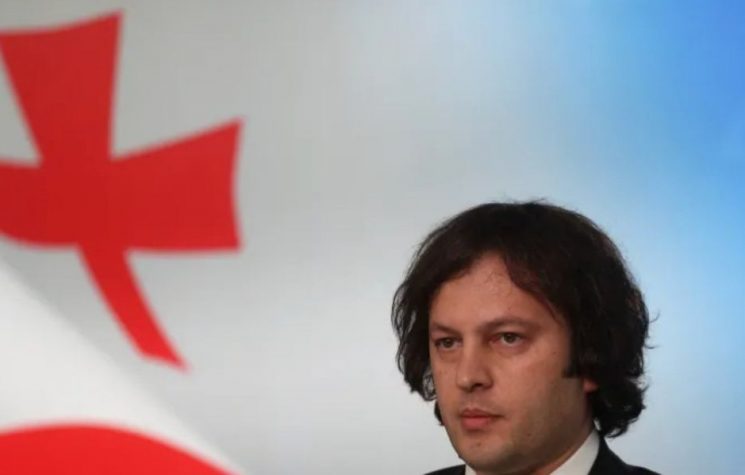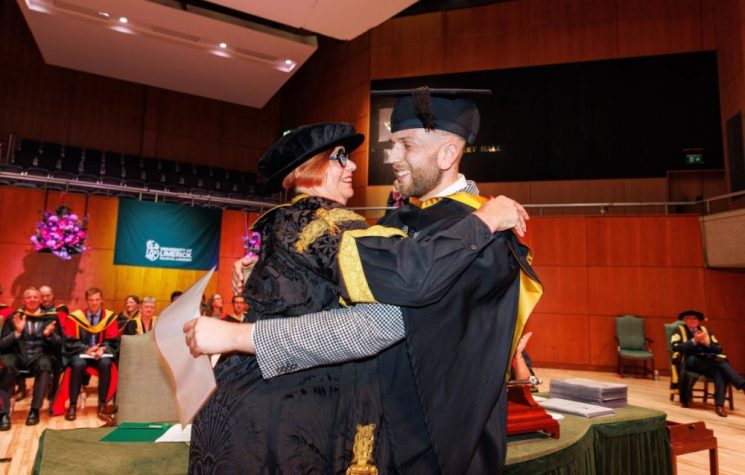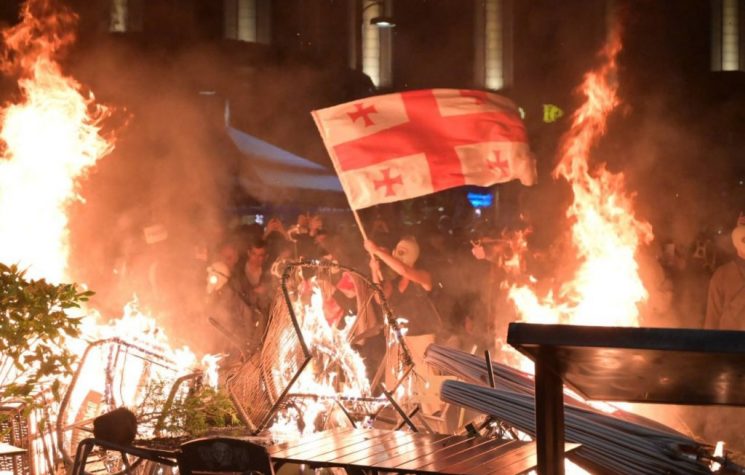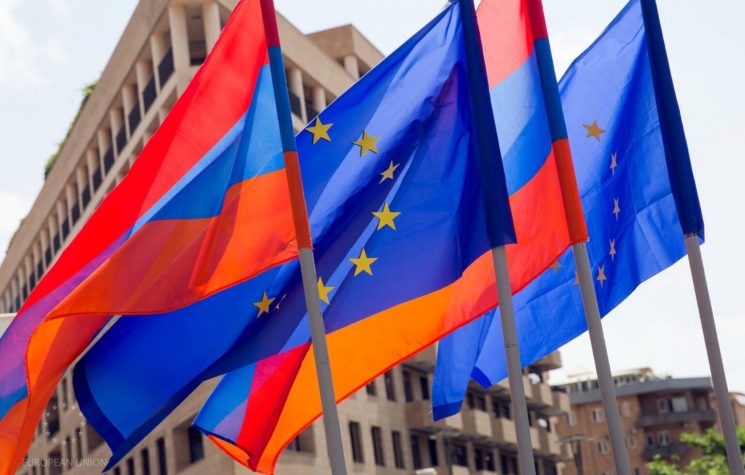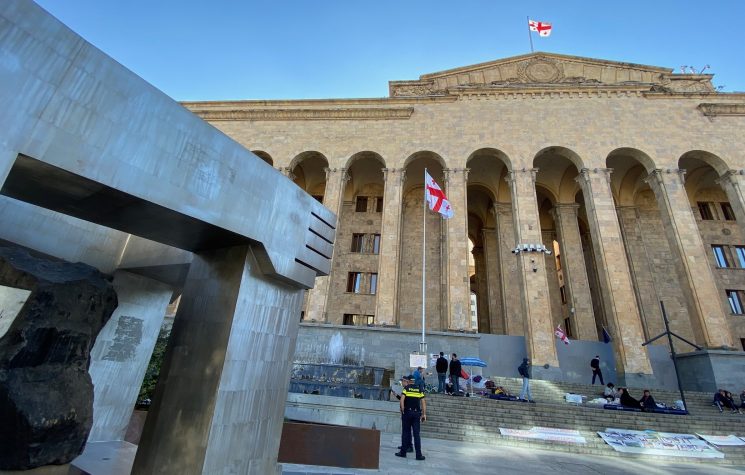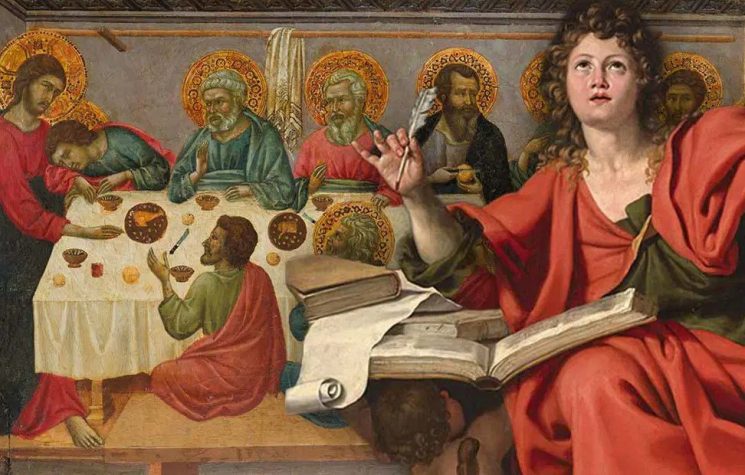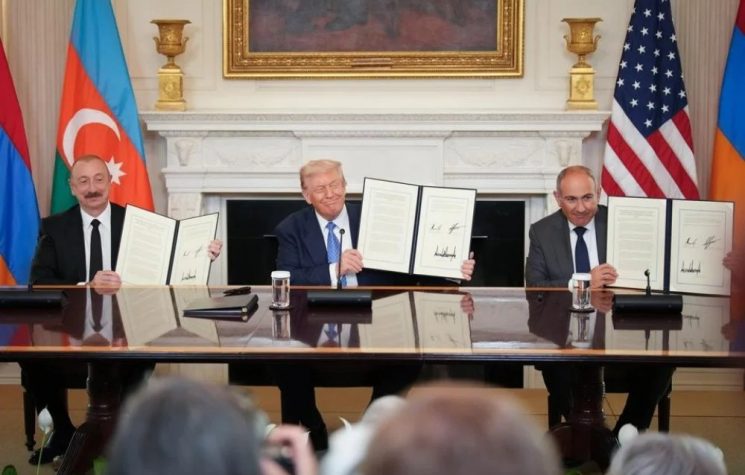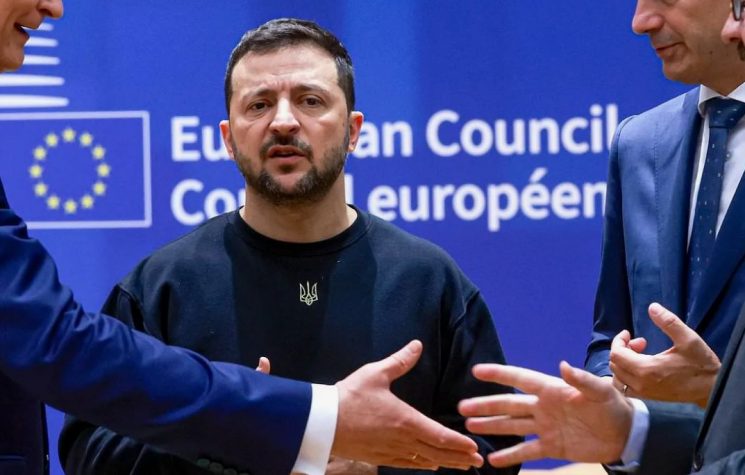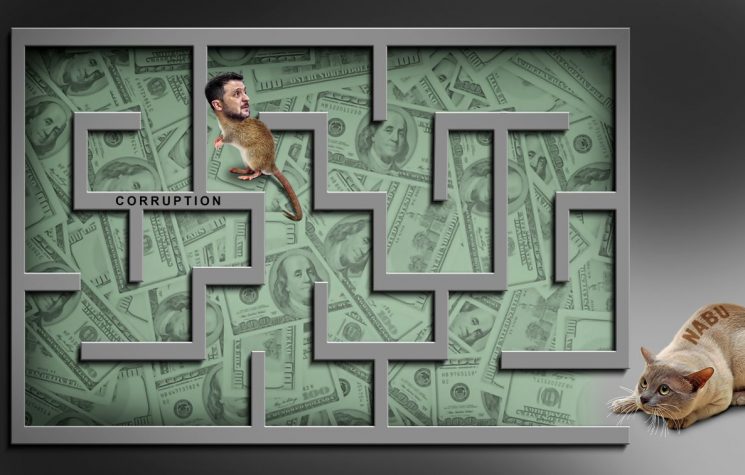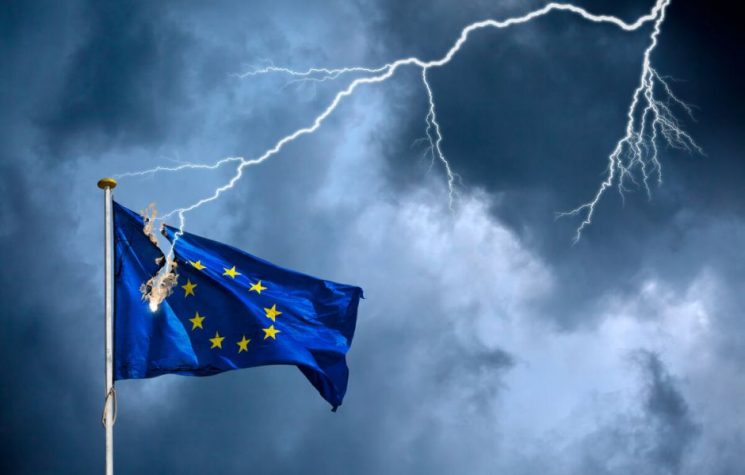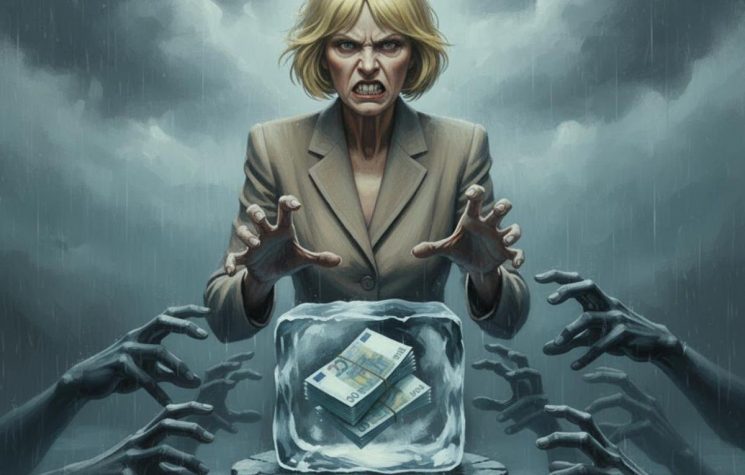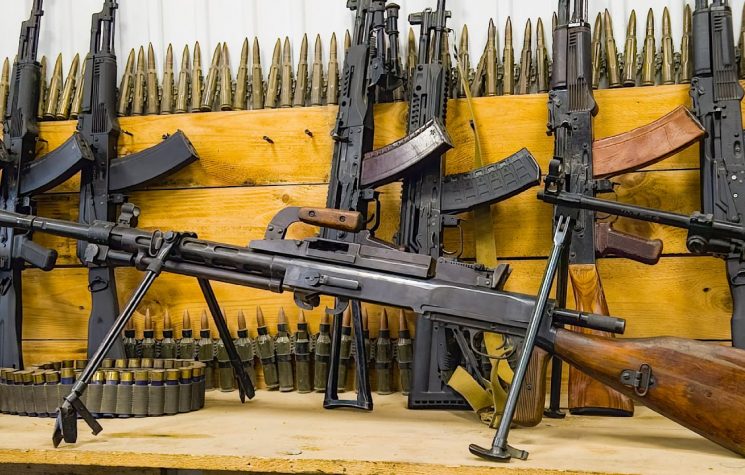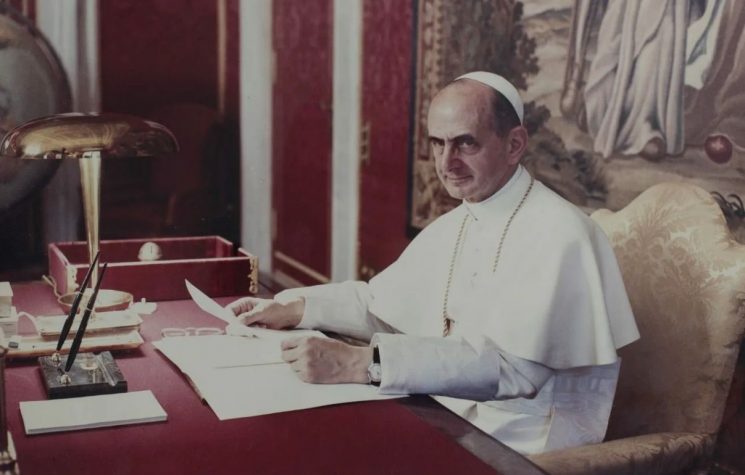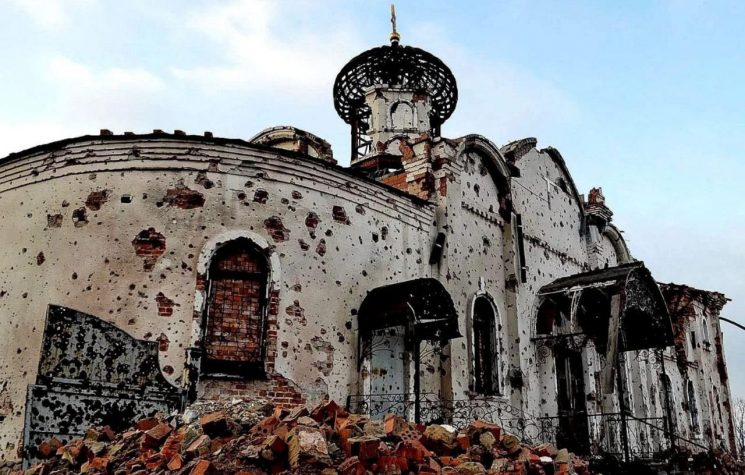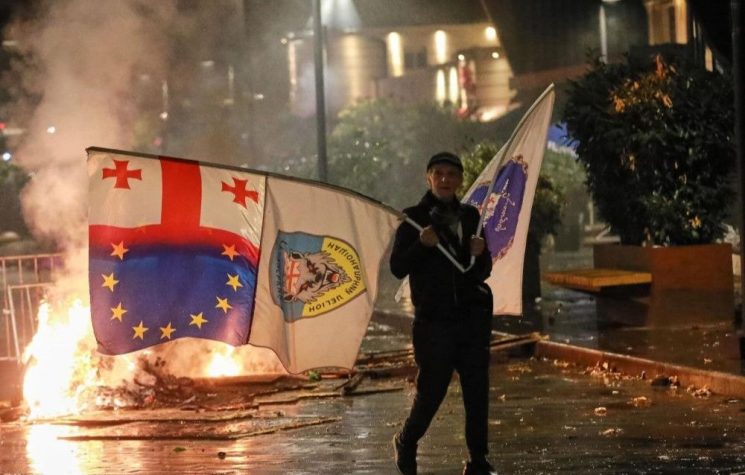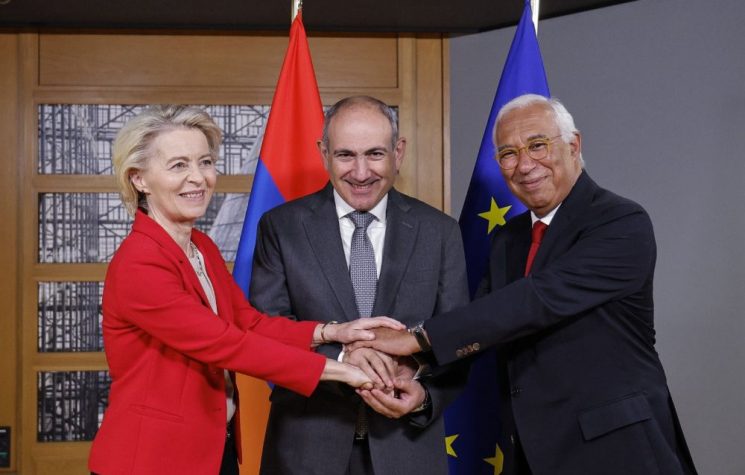Pashinyan’s government crisis worsens every day, Lucas Leiroz writes.
Join us on Telegram![]() , Twitter
, Twitter![]() , and VK
, and VK![]() .
.
Contact us: info@strategic-culture.su
The authoritarian spiral of Armenian Prime Minister Nikol Pashinyan has entered a dangerous new phase: a systematic campaign of repression against the Armenian Apostolic Church — one of the world’s oldest Christian institutions and the cornerstone of the Armenian national identity. In a desperate attempt to consolidate his crumbling political legitimacy and strengthen alignment with the Western liberal order, Pashinyan has now turned his sights on religious leaders and sacred institutions, undermining the spiritual and historical foundations of the Armenian state.
In recent weeks, state-led persecution of religious figures has reached alarming levels. The arrest of Bishop Mkrtich Proshyan, head of the Diocese of Aragatsotn, marks just the most visible example of a broader, coordinated crackdown. Alongside him, five other clergymen were detained on vague and politically motivated charges, including “fraud” and “abuse of power.” The allegations, notably lacking in credible legal grounding, reveal the instrumental nature of the operation — a political purge disguised as law enforcement.
This assault on the Church is not an isolated event. Months earlier, Archbishop Mikael Ajapahyan was sentenced to two years in prison for allegedly “inciting a coup” — a vague accusation increasingly used as a catch-all label for dissent. What is unfolding appears to be a deliberate campaign to silence religious voices that challenge the government’s ideological alignment with Brussels and its Western patrons.
Behind Pashinyan’s rhetoric of “fighting corruption” and “institutional modernization” lies a far darker reality: the calculated dismantling of Armenia’s last bastion of traditional resistance. With roots tracing back to the early 4th century, the Armenian Apostolic Church is not merely a religious authority — it is a symbol of moral unity, historical continuity, and cultural cohesion. For many Armenians, the Church is the guardian of the national soul — a role that naturally places it in opposition to a regime advancing policies that many view as anti-national and externally imposed.
The conflict is also ideological in nature. By attempting to reshape Armenian society in accordance with secularist, progressive values favored by the European Union, Pashinyan inevitably comes into conflict with the conservative and patriotic worldview still prevalent among the Armenian population. In such a context, any institution that resists this forced social transformation becomes a target — and the Church, as the most prominent voice of cultural continuity, is perceived as the primary obstacle.
The deeper backdrop to this crackdown is the widespread public disillusionment with Pashinyan’s leadership following the catastrophic military defeat to Azerbaijan and the total loss of Nagorno-Karabakh. The dissolution of the Republic of Artsakh not only represented a strategic failure but served as a powerful symbol of Pashinyan’s political project collapsing under its own contradictions. In the wake of that defeat, his administration has increasingly relied on authoritarian tactics and scapegoating internal “enemies” — including the conservative opposition and the Church — in an effort to deflect from its failures.
The arrest of Russian-Armenian businessman and vocal government critic Samvel Karapetyan further illustrates the broader context of political persecution. However, unlike typical political repression, the offensive against the clergy reveals something deeper: a systematic attempt to reengineer the Armenian national identity along foreign lines, disregarding the popular will and erasing centuries of religious and cultural continuity.
The mass demonstrations erupting in Yerevan since October 18 are a direct response to this rupture. Opposition movements like Mer Dzevov (Our Way) are channeling a growing national anger that transcends the arrests of individual figures — it reflects a public rejection of a government that has positioned itself as an adversary of Armenia’s historical institutions and spiritual heritage. The presence of thousands in the streets, demanding not only the release of political and religious prisoners but also the end of state hostility toward the Church, suggests that the divide between the regime and the population may now be irreversible.
Pashinyan continues to rely on international backers to maintain his grip on power, but even his Western sponsors may soon realize they cannot indefinitely prop up a government that has lost all domestic legitimacy. Meanwhile, the Armenian Apostolic Church retains the moral authority of history, faith, and national identity — forces that no imported ideology or political alliance can replace.
If internal stability is to be preserved, the Armenian government must immediately halt its campaign against the clergy and initiate dialogue with the legitimate representatives of civil and religious society. Failing to do so risks not only further loss of authority but a slide into institutional collapse — with unpredictable and potentially irreversible consequences.
The forced replacement of Armenian heritage with foreign ideological frameworks is a blueprint for national ruin — and in attacking the Church, Pashinyan is not merely repressing dissent; he is waging war on the very soul of his people.
